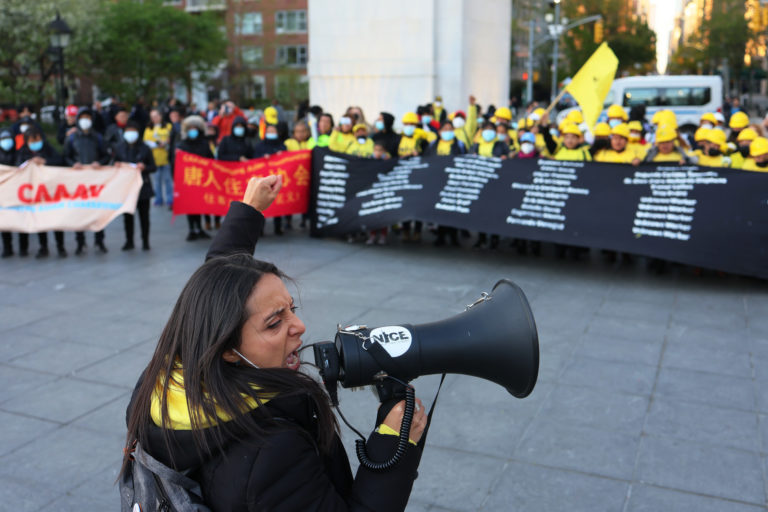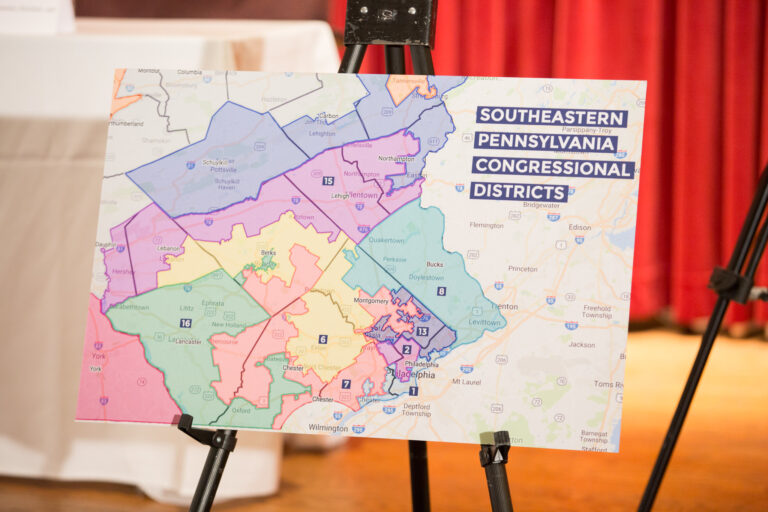Fran Swanson is a student at Harvard Law School.
The 2018 teacher strikes in Oklahoma and Arizona offer important insights into how social media can advance labor goals, Eric Blanc argues in Jacobin. While both strikes show the power of social media to organize, he suggests that Arizona teachers used it more effectively to mobilize, which helps explain why 91.8% of Arizona teachers struck compared to 72.06% of Oklahoma teachers. Arizona teachers used their Facebook group to build nondigital organizing—including establishing a network of two thousand school-site representatives—and focused on encouraging teachers to win over their co-workers, while Oklahoma’s Facebook group focused on those who already supported the strike. Digital mobilization efforts in Arizona also enabled sixteen preparatory actions before their strike, compared to one in Oklahoma, and tracked participation by having teachers comment in the group. However, Blanc notes that this case study does not provide a universal model, as “[d]ifferent approaches are needed for contexts where unions are stronger and labor rights more robust,” like the 2019 Chicago and LA teacher strikes.
Biden’s Labor Department is still forging its identity, Bloomberg Law’s Ben Penn reports. With Congress holding up nominees and crucial enforcement funding, the Department has plowed ahead with resource-intensive emergency workplace safety rules and other pandemic-related priorities. It has undone Trump actions and is hiring additional investigators. It will soon propose a rule to modernize Davis-Bacon construction wage standards and OSHA is seeking comment on a proposed heat exposure rule. On the personnel front, Secretary Marty Walsh continues to travel across the country to pitch Biden’s agenda, though some speculate that he is considering a gubernatorial campaign. Solicitor of Labor Seema Nanda, who was only confirmed this summer, has focused on threading the needle with the business community and on crafting policies that will survive legal challenges. Deputy Secretary Julie Su “has been hands-on in brainstorming with career and political staff,” and “[t]hose on the left who are pushing for bolder moves, such as on enforcement and overtime rulemaking, are turning to Su, hoping she will champion their cause.”
In Salon, Matthew Rozsa reflects on the wave of sit-down strikes in the late 1930s. The Flint sit-down strike, in which workers won a union at GM, buoyed the CIO and led U.S. Steel, fearful of equally effective disruption, to voluntarily recognize its Steelworker Organizing Committee. Rozsa argues that, like the sit-down strikes of the post-Depression years, “the Great Resignation . . . challenges the implicit notion that workers must play by the rules of the game—as set by the owners of capital—and have no power to change them.”
Finally, Kellog workers began voting on Sunday on a tentative agreement two months into their strike, KETV Omaha reports. 1,400 workers across four states are voting on the five-year contract, which includes an increased pension multiplier and wage increases, but workers tell More Perfect Union that the deal falls short on the demand to remove a two-tier system that would lock in lower wages and benefits for new hires.






Daily News & Commentary
Start your day with our roundup of the latest labor developments. See all
December 19
Labor law professors file an amici curiae and the NLRB regains quorum.
December 18
New Jersey adopts disparate impact rules; Teamsters oppose railroad merger; court pauses more shutdown layoffs.
December 17
The TSA suspends a labor union representing 47,000 officers for a second time; the Trump administration seeks to recruit over 1,000 artificial intelligence experts to the federal workforce; and the New York Times reports on the tumultuous changes that U.S. labor relations has seen over the past year.
December 16
Second Circuit affirms dismissal of former collegiate athletes’ antitrust suit; UPS will invest $120 million in truck-unloading robots; Sharon Block argues there are reasons for optimism about labor’s future.
December 15
Advocating a private right of action for the NLRA, 11th Circuit criticizes McDonnell Douglas, Congress considers amending WARN Act.
December 12
OH vetoes bill weakening child labor protections; UT repeals public-sector bargaining ban; SCOTUS takes up case on post-arbitration award jurisdiction